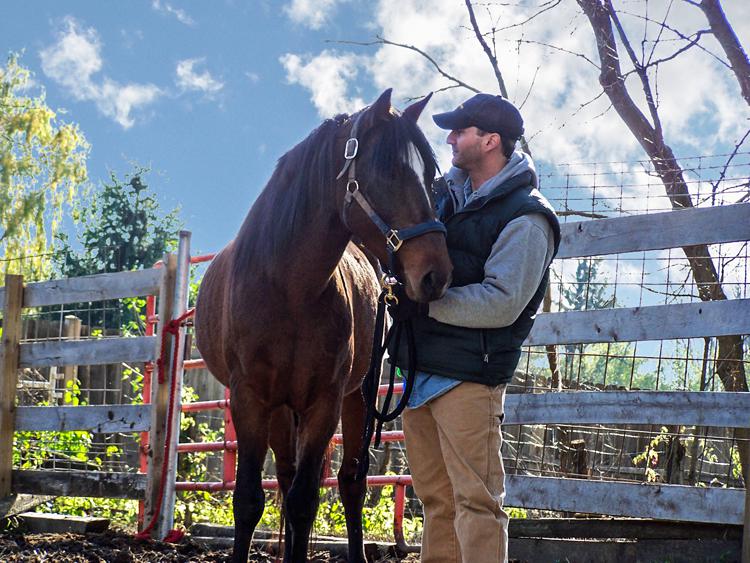
The black SUV turns onto the dirt driveway, passing the postal boxes and the tiger lilies, the old dairy barn, and silvery-domed silo. As the truck approaches the farmhouse in rural Woodstock, Ill., the bucolic silence is broken as a trio of barking dogs runs toward the familiar vehicle, tails wagging. A line of Chinese geese and a Bantam rooster couple waddle, squawk, and cluck in the direction of the driver, Mitch Bornstein (LAW ’95), and his passenger, who climb out of the Chevy only to be met by a meowing member of the welcoming party, Asbestos, the feral tabby.
The dark-brown head of a mustang named Samson protrudes from a corncrib where he is taking shelter from biting flies. He is ever vigilant, having been forcibly evicted and separated from his herd at age six from federal rangeland in Nevada in a helicopter roundup through the United States Bureau of Land Management (BLM). As if not traumatic enough, the horse was then adopted by an individual in Illinois and over the next six years, physically abused by one or more owners before being taken in by “Amy,” owner of the farm in Woodstock. When she realized that she had an animal that was wild by nature and more crucially, fearful and hateful due to lack of proper nurturing, she contacted Bornstein, who is locally known for successfully training horses that most no one else can.
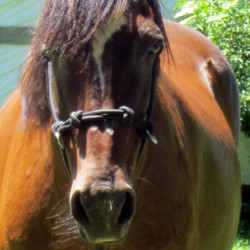
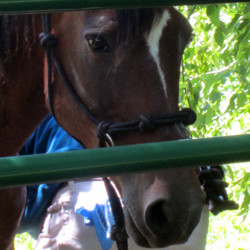
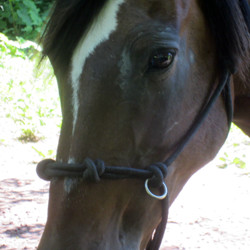
“The simple answer to what drove me to work with damaged and abused horses is that I have a knack for it and am good at it,” says Bornstein, 45, a Highland Park, Ill., native who trained his first problem horse when he was 20 and who now has a client waiting list in the dozens. “From my very first horse I felt that there was an intuitive element at work and that I could size up a horse pretty well. I could train an easygoing, run-of-the-mill horse, which is fine. But I figure that I could take that same amount of time and instead help a horse that someone tells me is on its way to a slaughterhouse in Mexico unless its problem can be fixed.”
Beginning in the fall of 2009, Bornstein spent nearly two years intensely working with Samson and documented his experiences in Last Chance Mustang, published this summer by St. Martin’s Press. A former litigator who has since changed his practice to consultation as his equine workload increased, he selected IIT Chicago-Kent College of Law for its renowned legal research and writing program headed by Professor Ralph Brill. It took St. Martin’s Press Editor Daniela Rapp, who specializes in animal-related books, one weekend to decide to publish Bornstein’s memoir.
“The [books] that would be classified [at St. Martin’s] as memoir all have two things in common: the right mix of humor and emotional depth, and a very strong bond between the human and the animal. When Samson’s story came in on submission, I had been looking for a great horse book for a little while, and the manuscript had both the right tone and the bond,” Rapp explains. “And it is also such a necessary book, given that many readers might be utterly and sadly unaware of the plight of the American mustang.”
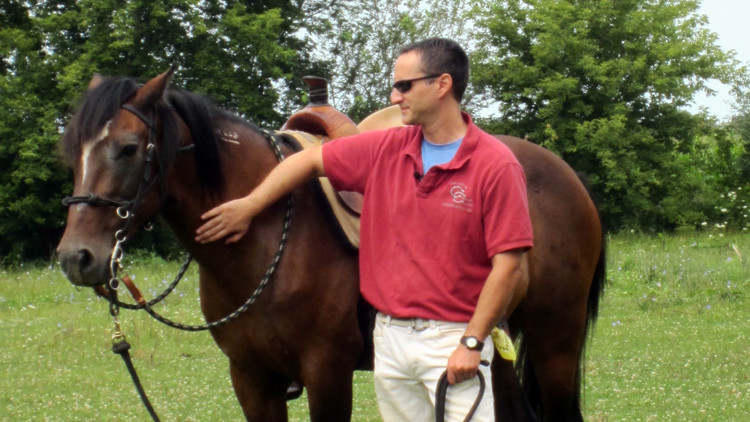
My Friend Samson - Video Extra
Mitch Bornstein (LAW ’95) interacts with Samson the mustang and tells a story about an event that showed him just how special his relationship is with the wild horse.
Bornstein continues to make the three-hour round-trip drive to Samson’s farm twice each week to groom, exercise, and ride him, and considers his relationship with the now nearly 18-year-old gelding as special and significant; all of his work with the horse has been pro bono. He regards Samson as representative of the remaining American mustangs on public lands, whose status continues to be threatened across nine western states in spite of the passage of the Wild and Free-Roaming Horses and Burros Act of 1971.
“If one less person hits a dog or a cat or a horse, or if a few readers go to the Internet to learn about the wild horse issue and perhaps call their congressman or congresswoman, then I’ve accomplished something with this book,” says Bornstein. “After all, this is a story about redemption, love—and hope.”
More Online
American Wild Horse Preservation Campaign: http://wildhorsepreservation.org/about
BLM Wild Horse and Burro Program: www.blm.gov/wo/st/en/prog/whbprogram.html